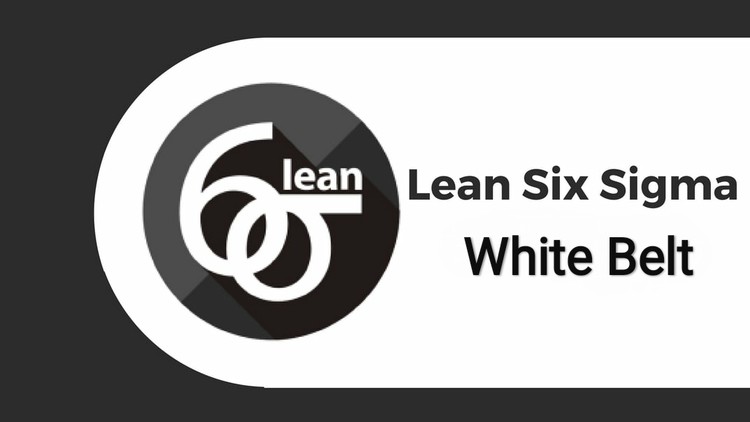

The C&E Matrix helps SS project leaders facilitate the team’s decision-making.

With QFD, 6 Sigma groups can more efficiently focus on the actions that mean the most to the consumer, beat the opposition, and align with the organization’s task. It consists of a set of methods to identify, communicate, and prioritize customer requirements. Quality Function Deployment (QFD):įirstly, QFD supports Six Sigma Black Belts’ drive consumer-focused improvement across the strategy procedure. Failure Mode and Effect Analysis (FMEA).There are described several tools which mostly used in the project by six sigma black belts. Six Sigma allows top leaders in organizations to be proactive, rather than reactive, to quality issues Reactiveness emerges from the fact that SS focuses on the process that creates or eliminates the defects rather than on the mistakes themselves. Evidence shows that many companies that implemented 6σ have seen profit margins grow 20% year after year for each sigma shift (up to 4.8 to 5 sigma). SS improves profitability through improving quality and efficiency. Still, the adaptation by smaller businesses has been prolonged. Many big businesses such as General Electric, Sony, Ford Motors, Nokia, Texas Instruments, Hitachi, Toshiba, Canon, DuPont, American Express, Polaroid, and Motorola have successfully implemented SS.


These BPM initiatives do not necessarily relate to manufacturing many of the BPMs that use 6 Sigma in today’s world include call centers, customer support, supply chain management, and project management.īusinesses in various industry segments such as the services industry (example: Call Centers, Insurance, Financial or Investment Services), e-commerce industry (example: B2B/ B2C websites), and education can use Six Sigma principles to achieve higher quality. The 6Σ methodologies use in many Business Process Management (BPM) initiatives these days. Such as:-Įven though it was initially applied at Motorola to develop the manufacturing procedure, all businesses can profit from implementing Six Sigma. To attain this, it uses a methodology known as DMAIC. Its methodology advances any existing business procedure by constantly revising and re-tuning the process. DMAIC of 6Σ Use of 6Σ or Six Sigma Principles: Typically it is easier to define a new process with DFSS principles than refining an existing process to reduce the defects. They can also design a brand new business process using DFSS (Design for 6σ) principles. They evaluate the business process and determine ways to improve the existing process. SS experts are known as Green Belts and Black Belts. The knowledge is spread across other company units to implement this new process and reduce their defects per million opportunities. Once an improvement is found, it’s documented. This cycle repeats until an improvement becomes visible. Suppose no development finds, the procedure re-examins, changes, and tests again. If a given process fails to meet this criterion, it re-analyzes alters and tests to determine any improvements. It statistically ensures that 99.9997% of all products created in a process are acceptable quality it allows only 3.4 defects per million opportunities. Statisticians and SS consultants study the existing process and determine the methods that produce the best overall results. It uses a variety of statistics to determine the best practices for any given process. The 6Σ aims at producing not more than 3.4 defects per million of parts produced in the manufacturing process. Quality Control of 6 Sigma Tools:Ī company can use Six Sigma as a quality management tool to improve proficiency in its strategy implementation. However, there is described the quality control, principles, and 6 useful tools. These Six Sigma tools are written in two ways. To ensure quality improvement, the best six sigma black belts use the different 6 sigma tools.


 0 kommentar(er)
0 kommentar(er)
